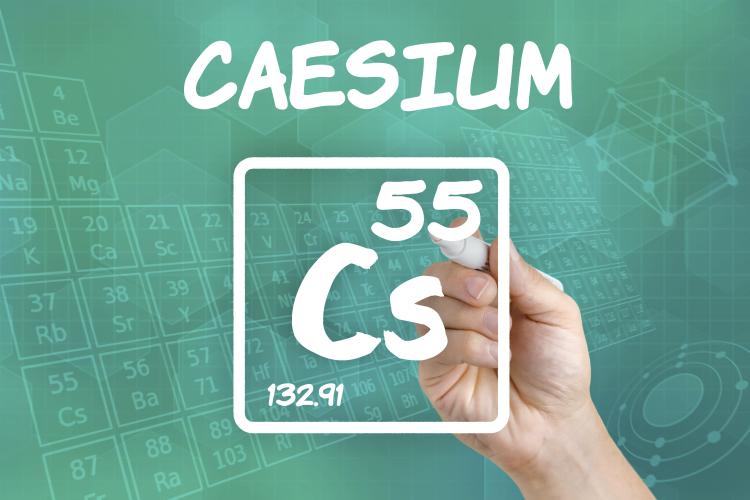

Accuracy of the cesium atomic clockĪn atomic clock is a clock whose timing mechanism is based on the interaction of electromagnetic radiation with the excited states of certain atoms. Atomic clocks are the most accurate time and frequency standards known, and are used as the primary standards for international time distribution services, for controlling the wave frequency of television broadcasts, and in global navigation systems. Specifically, a hyperfine transition in the microwave region, or an electronic transition in the ultraviolet or optical region, of an atom’s emission spectrum is used as the frequency standard for the timing element. The black units in the foreground are MHM-2010 hydrogen maser standards from Microsemi (formerly Sigma-Tau).Īn atomic clock is a clock whose timing mechanism is based on the interaction of electromagnetic radiation with the excited states of certain atoms. The Master Atomic Clock Assembly at the US Naval Observatory in Washington, D.C., which provides the time standard for the US Department of Defense The rack-mounted units in the background are Microsemi (formerly HP) 5071A cesium beam clocks. For other topics, see Atomic Clock (disambiguation). For the clock as a measure of risk of catastrophic destruction, see Doomsday Clock. Hyperfine levels of the caesium-133 atomįor a clock that is updated by radio signals and is sometimes inaccurately called an “atomic clock”, see Radio clock. Since no other time-related measurement had been as precise, the effect of the change was less than the experimental uncertainty of all existing measurements. That value was chosen so that the second of cesium equaled, to the limit of human measurement capability in 1960, when it was adopted, the existing standard ephemeris second, based on the Earth’s orbit around the Sun. By definition, the radiation produced by the transition between the two hyperfine ground states of cesium (in the absence of external influences such as the Earth’s magnetic field) has a frequency, ΔνCs, of exactly 9192631770 Hz. Winkler of the US Naval Observatory.Ĭesium atomic clocks are the most accurate time and frequency standards, serving as the primary standard for the definition of the second in the International System of Units (SI) (the modern form of the metric system). The first cesium clock was built by Louis Essen in 1955 at the UK National Physical Laboratory and promoted worldwide by Gernot M. The cesium pattern is a primary frequency pattern in which photon absorption by transitions between the two hyperfine ground states of cesium-133 atoms is used to control the output frequency.
Caesium atomic clock update#
Please help update this article to reflect recent developments or new information available. The reason is: it needs to reflect the 2019 redefinition of SI base units, which came into effect on May 20, 2019. With our innovative optical cesium atomic clocks, we are taking the next level of lifetime stability and performance. Now you must go further than ever to meet the even more stringent requirements of the future. This technology has proven to offer excellent performance and reliability in many applications, including mission-critical use cases. You may be interest in: 7 Best Electric Blankets of 2022 Communication service providers appreciate the standard-compliant SNMP interfaces for seamless end-to-end control from their umbrella management systems. With technology that ensures phenomenal accuracy, performance levels that exceed ITU-T G.811/Stratum 1 PRC, and a 10-year long-life cesium tube, all in an extremely compact size, our cesium watches they are the best in their class.
Caesium atomic clock professional#
Ideal for ensuring timekeeping accuracy in today’s and tomorrow’s applications, they offer outstanding performance over a wide temperature range and a unique set of operational features, including greatly improved and easy integration into industrial, professional and mobile systems. Our cesium units improve overall network performance and prevent upstream clock errors from propagating throughout the network. With our technology, network operators can rely on a frequency source that delivers even better levels of accuracy than required over its entire lifetime. Our cesium atomic clock achieve this and more. Meeting precise timing specifications requires the implementation of a primary reference clock that generates signals at all times, along with very high frequency stability.


 0 kommentar(er)
0 kommentar(er)
